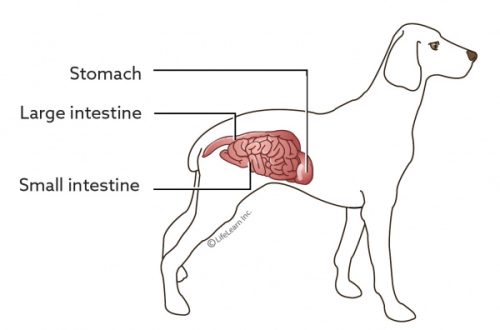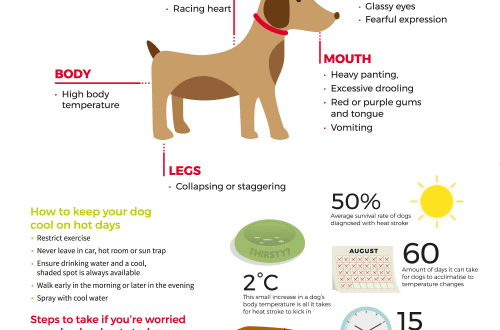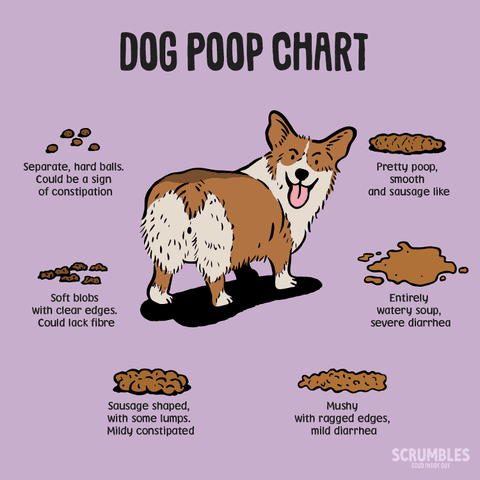
What should be the feces of a dog?
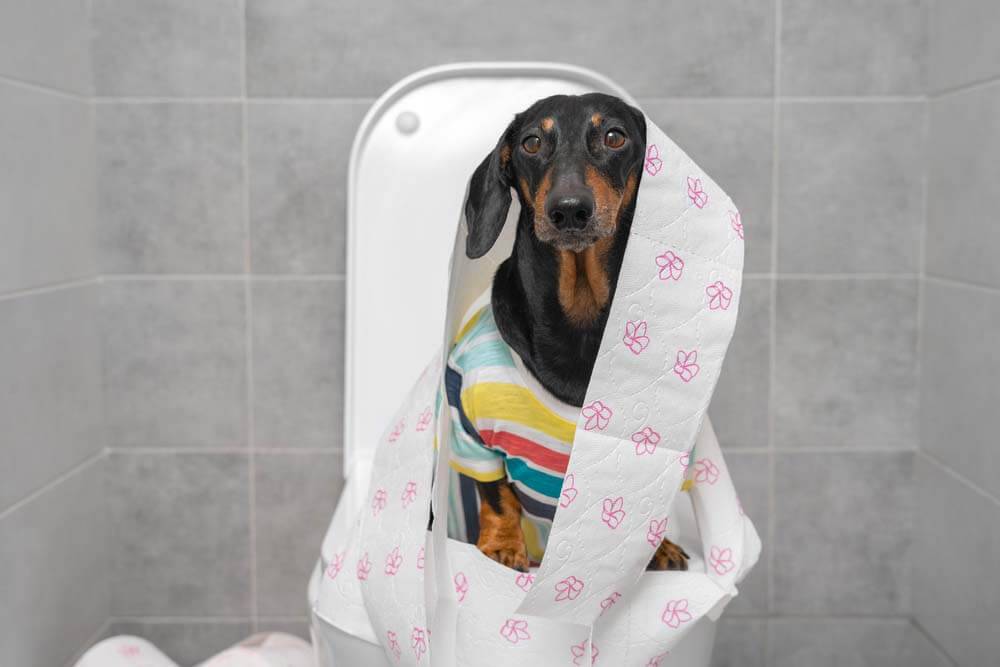
Contents
What determines the color of feces in dogs?
Stool color should be medium to dark brown. A dog’s stool color should be fairly consistent from day to day, provided he eats a regular diet. The brown color of the stool comes from the bile component bilirubin, which changes from green to brown during digestion.
Feces of other colors are not always a cause for concern, especially if they reflect what your dog may have eaten.
If your dog snatched a few carrots from your plate, don’t worry about seeing orange stool the next day.
But pay attention to unusual colors that you cannot explain by eating some foods. Especially if it lasts more than one day. Also, the color of feces can be changed due to medications and diseases of the digestive tract.
What should be the normal stool for a dog?
The dog’s stool should generally be the same shade each time, always the same size and texture. Abnormalities in the color and consistency of feces may indicate a health problem.
Healthy dog feces are usually easy to identify. The feces are segmented, slightly moist, chocolate brown, hard, with a slight odor.
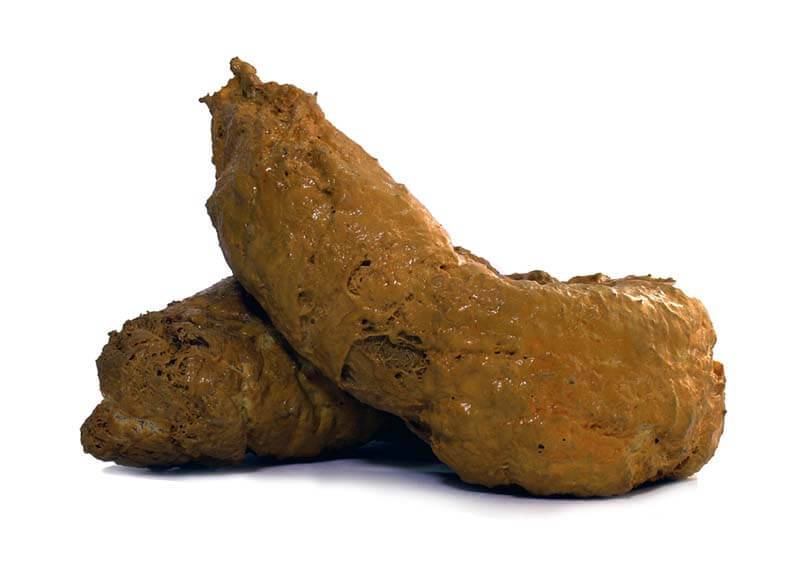
normal puppy stool
Young dogs are prone to many health problems. And the appearance of the feces will change as they develop and the diet changes: the transition from milk to soft food to standard food will be reflected in the stool.
It is important for a dog owner to know what normal and healthy feces look like.
Healthy puppy stools should range from medium to chocolate brown, more specifically, the color resembles milk chocolate. Any color other than brown should be alarming.
The ideal puppy stool is a hard and segmented piece that resembles a caterpillar.
As a rule, dogs perform the act of defecation once or twice a day. Some pets can even up to four times a day. However, stability is key. If your dog goes from pooping twice a day to four or five, he may be in trouble.
Abnormal stool in dogs
Pet owners should be on the lookout for anything that might be considered unusual in dog stools, as it’s often the other symptoms that accompany stools that can signal problems – colors, texture, odor, inclusions, and even bulk.
Unpleasant odor
The stronger smell is due to the fact that the dog’s body is not designed to absorb certain nutrients found in diets. It can poorly digest grains and starch. Therefore, if the animal eats a special food, the smell of the stool changes. Another reason for the sharp fetid odor may lie in the development of putrefactive microflora in the intestines.
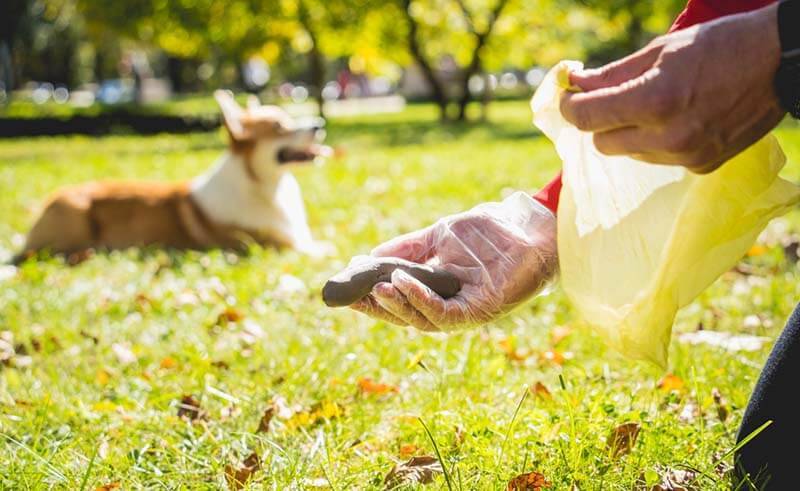
Size
With a natural diet, feces will be smaller in volume than on prepared feeds. If only the volume of the stool has changed, but the smell is the same, most likely this indicates overeating or a large amount of fiber in the food.
Loose stools
Soft stools without blood or mucus may simply be a sign of a change in diet or a disordered diet. In such cases, it does not take long as the dog adjusts to the new diet or returns to its normal diet. It could also mean that there is an intestinal parasite, such as giardia, or a severe food intolerance.
Watery stools can mean stress or be a warning sign of a viral (parvovirus) or parasitic infection.
Soft, mucus-filled stools are another indicator of parasites or parvovirus.
Another example of abnormal stools is feces that are first partly hard and then partly soft. This is a case of small bowel diarrhea that points to a variety of causes: an overgrowth of bacteria in the small intestine, food intolerances, parasites, stomach problems, or other serious problems.
Hard and dry stool
It speaks of insufficient water intake or pathology in the large intestine, since it is there that water is absorbed from the food bolus.
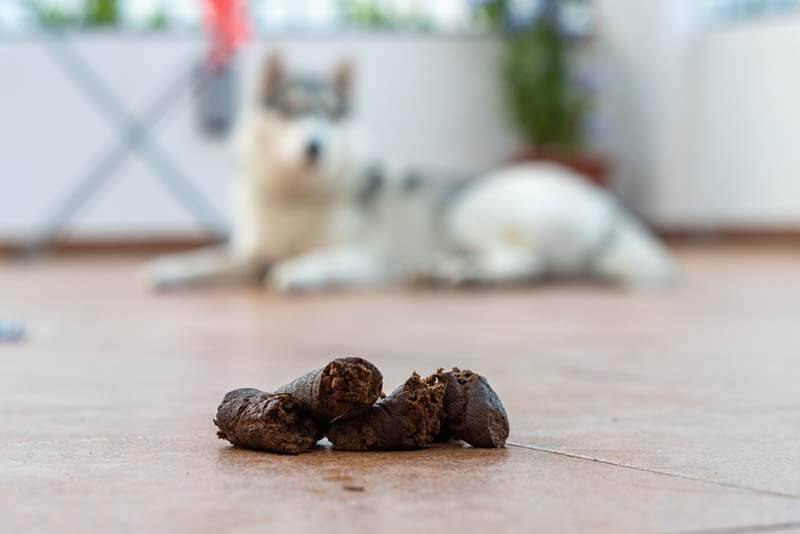
black chair
Black stools, sometimes described as tarry, indicate the presence of overcooked blood in the digestive system. The darker the color of the dog’s stool, the more serious the problem. This may be due to an injury caused by disordered eating, or it may be a warning of a serious danger, such as cancer.
Yellow and orange chair
Orange or yellow colors are associated with bile problems, so they can signal problems with the liver, pancreas, or gallbladder.
white chair
White, chalky-textured stools in a dog on a natural diet indicates too much calcium or bone in their diet. A small change in diet usually returns the stool to normal. Or it could be a symptom of the development of exocrine pancreatic insufficiency.
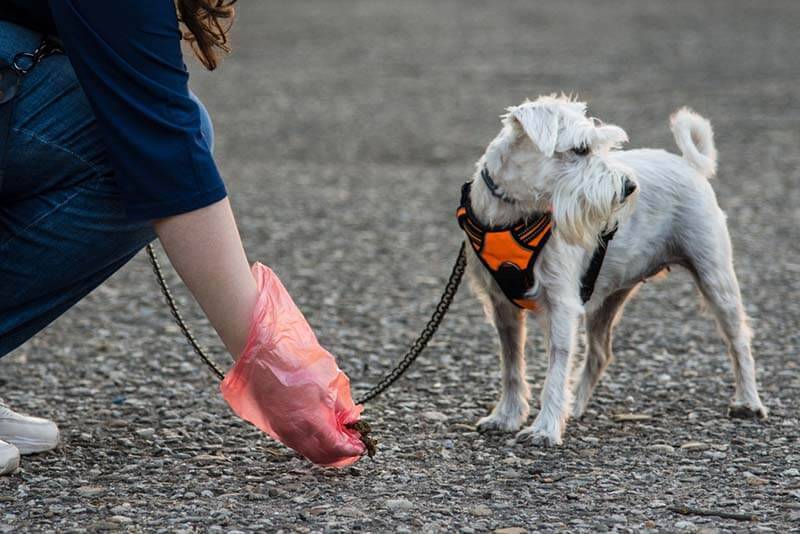
red chair
The red color of the feces means that there is fresh blood or blood clots in the feces. The brighter the shade, the lower in the digestive tract bleeding will be found. This sign warns of a serious health problem, an acute inflammatory process that requires urgent veterinary care.
Green chair
It can appear in a dog with the development of putrefactive bacteria in the small intestine. As a result, bilirubin, which normally colors feces brown, is oxidized and gives a green color.
Light chair, gray and white
Usually, feces lose their color if bilirubin does not enter it. The cause of this condition is blockage of the bile ducts by stones, helminths, and an inflammatory process.
Mucus in the stool
A small amount of mucus may be normal, as it is found in the large intestine and helps move feces to the exit. However, a large amount of mucus or in combination with other changes indicate the development of a pathological process in the large intestine, which can be caused by helminths, infections, and dietary errors.
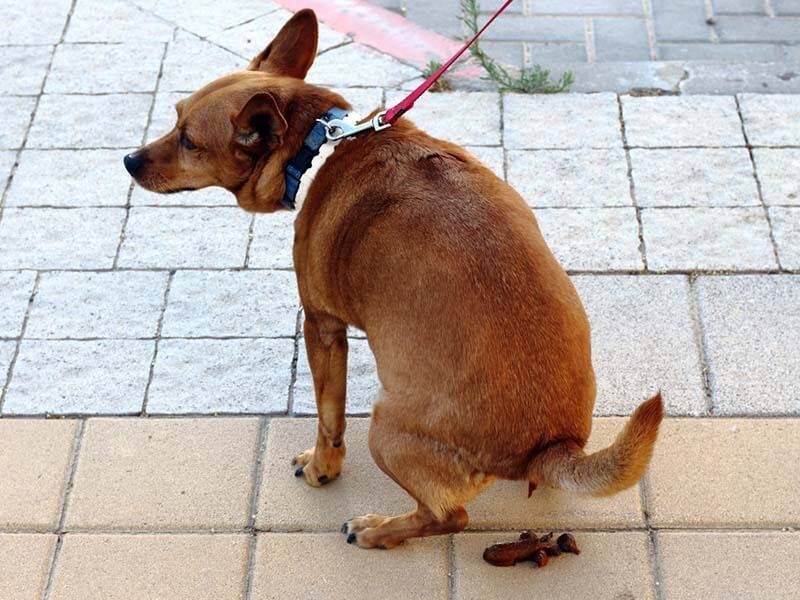
Fat stool
Stool that looks greasy may indicate excess fat in the diet, which can cause painful inflammation of the pancreas or be a sign of an enzyme deficiency.
Inclusions in the stool
White spots in soft, watery, or normal-looking stools are actually worms or helminth eggs. Worm segments, adult worms or eggs indicate the presence of parasites.
What to do if the dog’s stool is not normal?
If you notice abnormal feces in a dog, then first of all determine what exactly is wrong. It can be: color, portion, smell or consistency.
If only the color has changed, you should just see if it will repeat. With a single color change, there is rarely cause for concern. If this is repeated regularly, consult a doctor, you need to examine the digestive tract: perform an ultrasound of the abdominal cavity and take blood tests.
When changing the portion size, first of all analyze what and how much the dog eats. Is there an excess of fiber in the diet, is the daily allowance of feed appropriate for the weight of the animal. With prolonged symptoms and weight loss in the dog, it is necessary to conduct an examination.
If the stool becomes liquid, with mucus, semi-formed or watery, then these are signs of inflammation of the small or large intestine. First of all, you need to try to fix the chair – give sorbents, antispasmodics and give the dog a lot to drink. With natural feeding, add rice and rice water with lean poultry meat to the diet.
In any case, it is better to consult a veterinarian for diagnosis and treatment. Usually, to find out the cause of stool changes, it is recommended – ultrasound, blood tests, helminth treatments and feces for research.
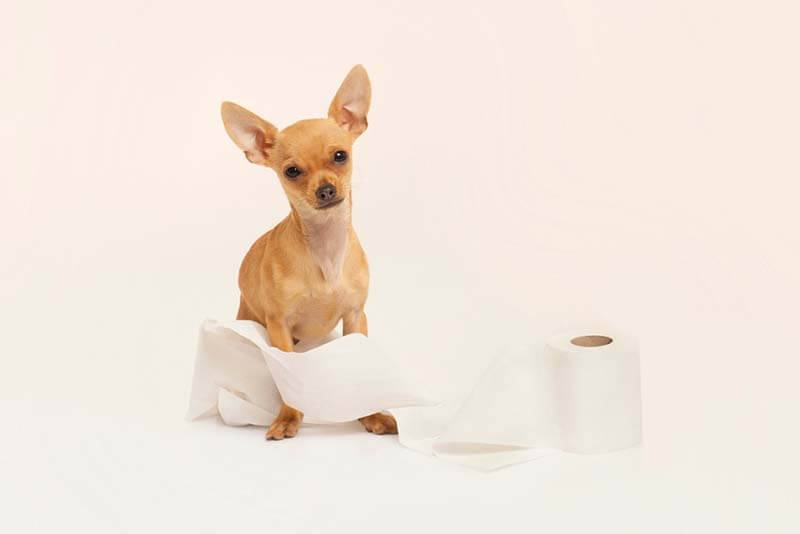
Collection of feces for analysis
To collect dog feces for analysis, purchase a sterile jar with a spatula at the pharmacy. On a morning walk, put a shovel of feces without earth, snow, leaves in a jar, close it and deliver it to the laboratory no later than 12 hours after collection.
Before taking feces for research, the animal should not be given laxatives, activated charcoal, vaseline oil, barium, and enemas.
To test feces for protozoa, it is better to come to the clinic with a pet so that the doctor takes a swab right there, since these parasites live only 30 minutes in the sample, and it will be difficult to deliver feces from the moment of sampling to the laboratory in less time.
To study feces for helminths, it is necessary to pour a preservative (Turdyev’s solution) into the same jar with a spatula in a veterinary clinic and collect a small portion of feces after each bowel movement for 5-7 days. It is stored in the refrigerator. After that, you need to deliver the resulting mixture to the laboratory.
Home
A normal stool in a dog should be moderately dense, brown in color, with a moderate odor, come out in a single “sausage” and not have foreign inclusions.
The color of a dog’s feces can indicate diseases of the digestive tract: intestines, liver or pancreas, as well as the presence of coloring components in the diet.
The main criterion for a normal stool is stability. It should be the same every day. The exception is if the dog eats everything, but then that’s the problem. After all, such a diet cannot be called correct.
Any changes in the feces is an occasion to consult a doctor and conduct an examination.
Answers to frequently asked questions
Sources:
Chronic Diarrhea in Dogs — Retrospective Study in 136 Cases M. Volkmann, J.M. Steiner et al Journal of Veterinary Internal Medicine 2017.
Wingfield Wayne. Secrets of emergency veterinary care. Cats and dogs, 2000.



